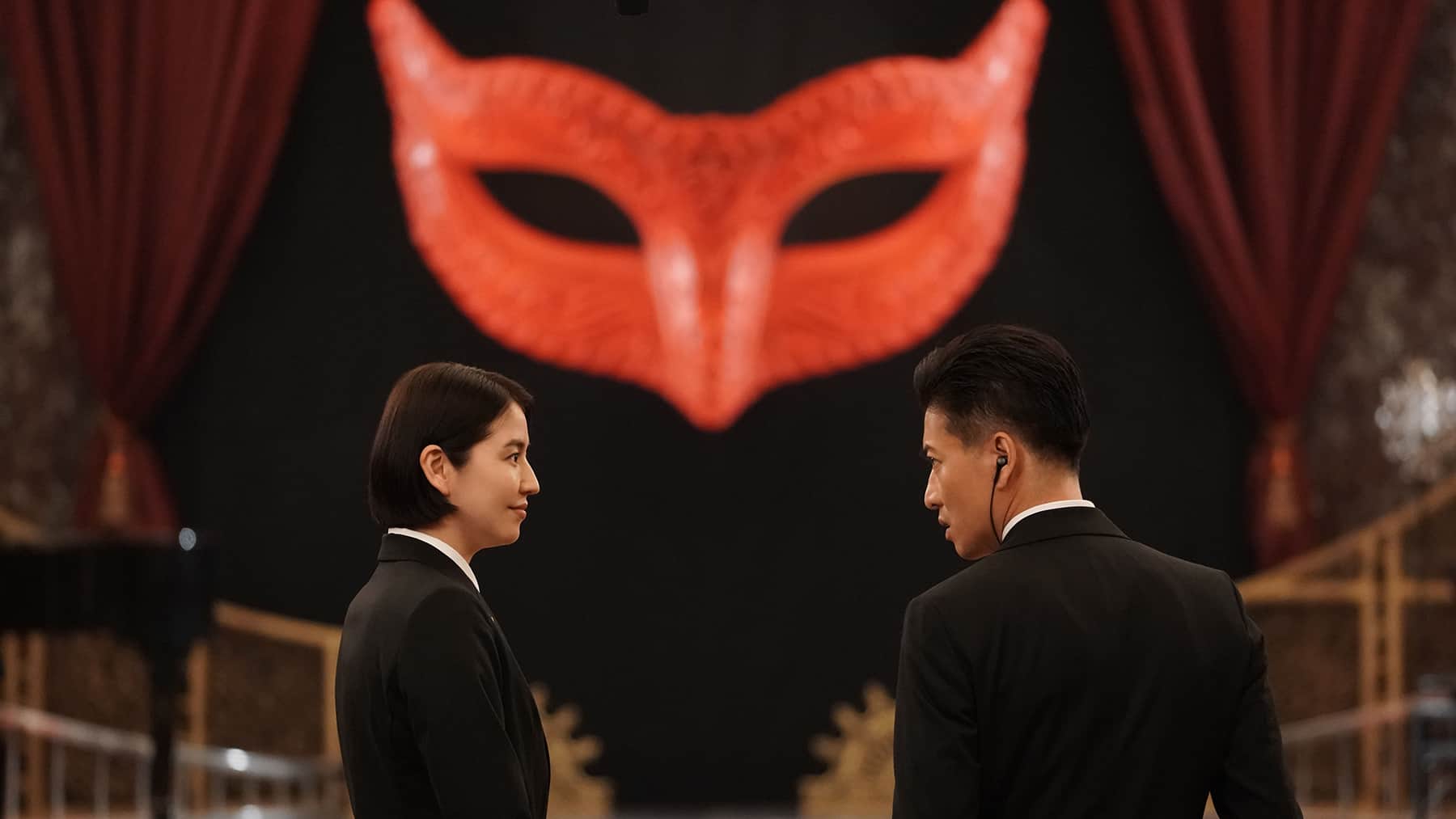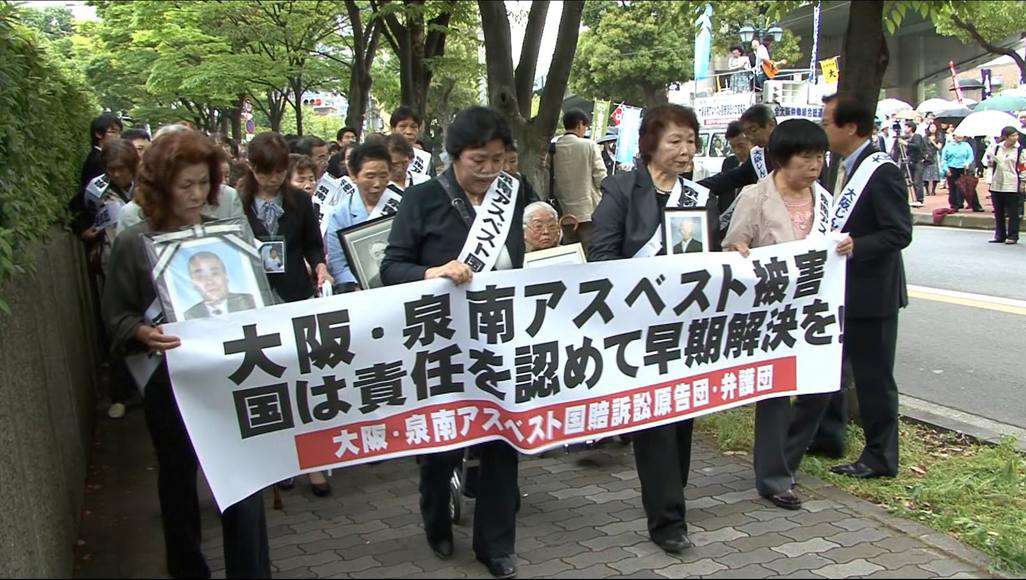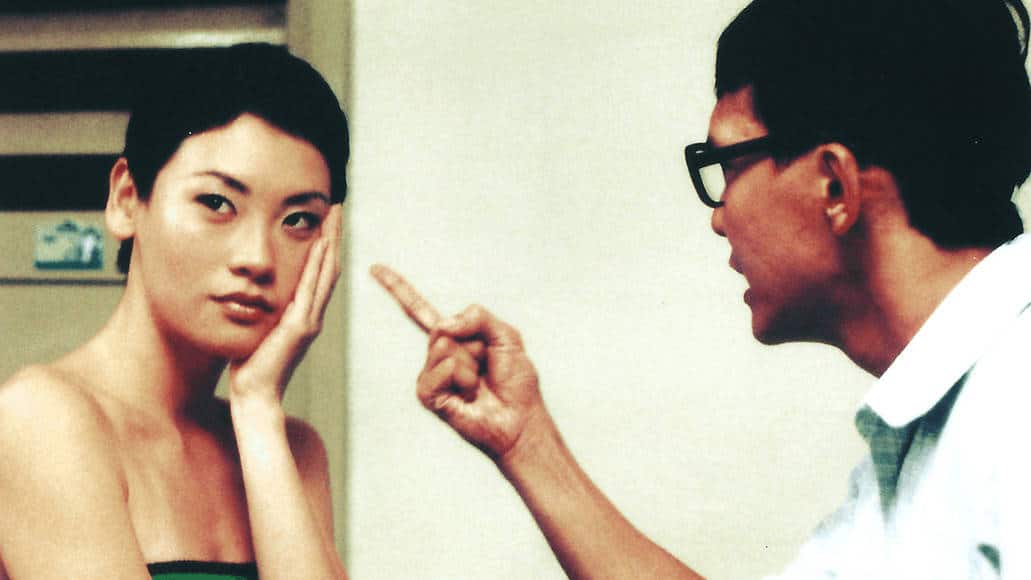“Apocalypse Bringer Mynoghra” official synopsis from Yen Press: “Bedridden and abandoned, Takuto Ira spent his days in the hospital trying to beat the illness that was slowly killing him. His only solace lay in the nation management strategy game Eternal Nations, where he had built a reputation as the greatest player to ever live. After succumbing to his disease, Takuto awoke within the game next to Atou—the Hero unit for his favorite civilization, Mynoghra. Now they'll set out to conquer the world together (again), one unit, settlement, and level at a time!”
Buy This Title
on Amazon by clicking on the image below
Originally a light novel series, currently published by Cross Infinite World, “Apocalypse Bringer Mynoghra” is one of those manga adaptations that serves better as a teaser for the book series than a stand-alone title. That is not to say that the work can act as a wonderful companion piece with alluring elements, yet Yasiko Midorihana's take is lacking in a few ways by no fault of her own.
Follow us on Twitter by clicking on the image below
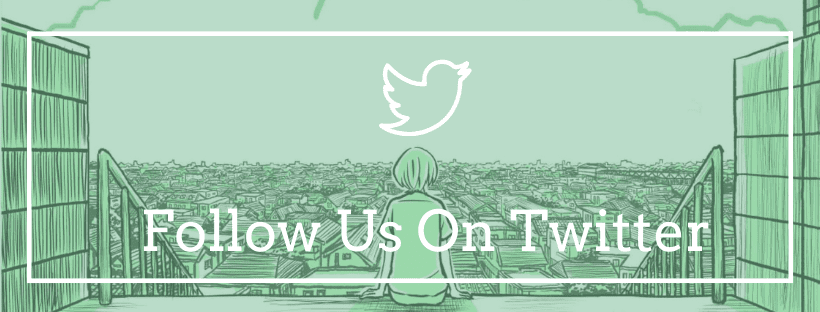
“Apocalypse Bringer Mynoghra” brings that dark-fantasy humor from an isekaid, overpowered, otherworlder with an existing knowledge of the world he finds himself in through his gaming knowledge. The plot is reminiscent of “Overlord,” with both protagonists overseeing many other characters while facing moral quandaries of having to appear ruthless with the role cast on them. However, where “Apocalypse Bringer Mynoghra” differentiates is that the power held by the protagonist is more of a ruse, with knowledge of the game and how to level up various units being the “OP” angle. This is a small difference, but it works effectively as a hook and feels original in the saturated isekai fantasy genre.
Herin also lies the issue with the work, again comparable to “Overlord,” in that internal monologues become the most effective narrative device to relay the fantastical world explored through an experienced ‘player.' This, being unachievable to the same extent in the manga, is an apparent hindrance within the first few chapters. Still, certain elements work, notably the comedic beats of “Apocalypse Bringer Mynoghra” land consistently thanks to Midorihana's artistic direction.
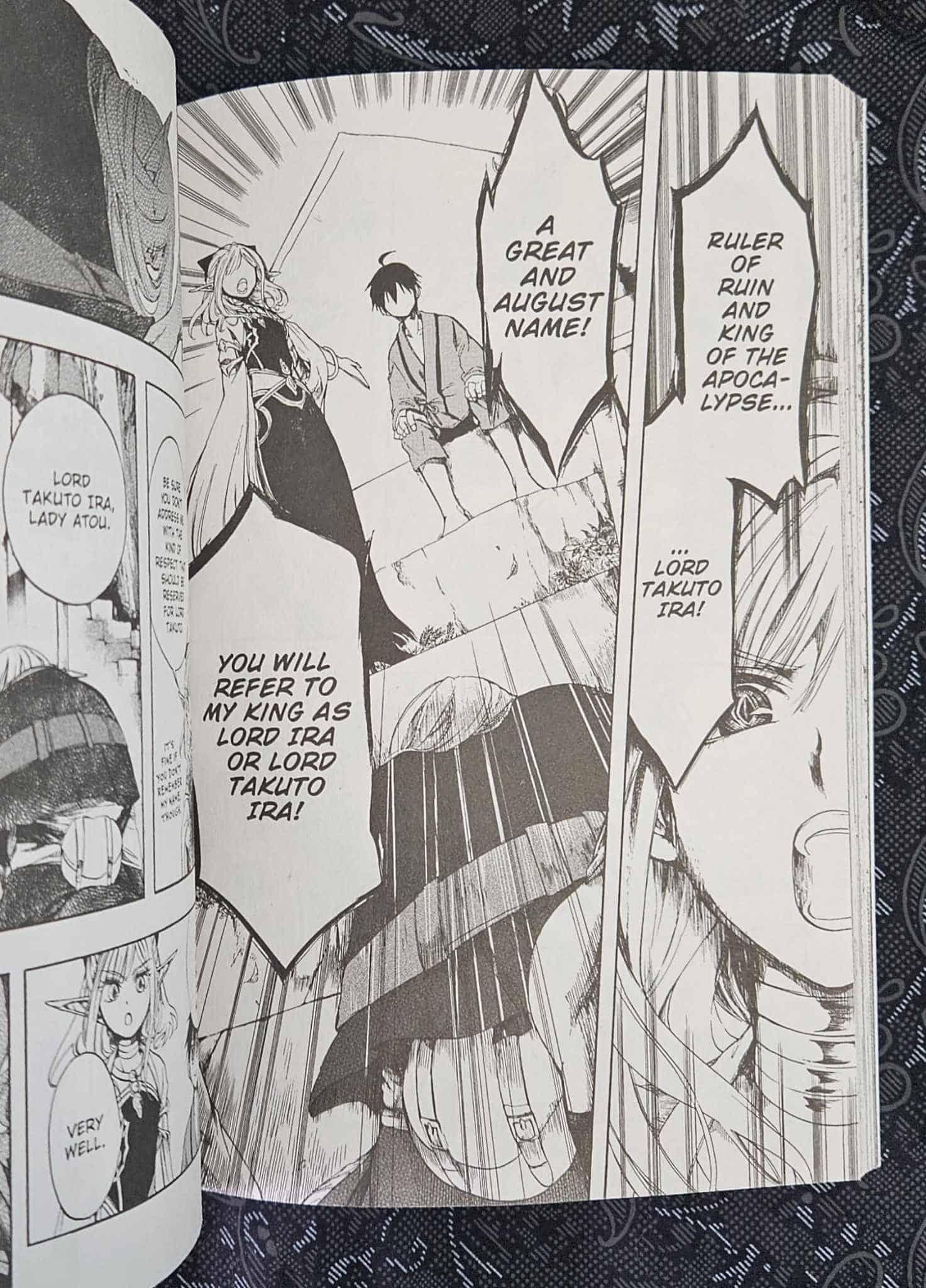
While it becomes almost immediately apparent that “Apocalypse Bringer Mynoghra” would be better served in its original light novel format, that is not to say that Yasiko Midorihana is inept in her interpretation. Midorihana's rendition of the various characters is joyful, silly, and expressive, with the art doing its best to fill in the gaps missing from the internal monologs. This is particularly true with the characterization of Atou, a consistent focal point, showing a broad range of emotions through constant transitions from kawaii to kowai. The inaugural volume is light on action and world-building, but the few panels depicting fantasy creatures in motion and forest landscapes show promise for future volumes.
“Apocalypse Bringer Mynoghra” is serviceable in its manga adaptation. Still, with abundant isekai titles and the work better represented in the light novel format, it becomes difficult to recommend. Although solid with a unique hook, the premise is unlikely to win over fans of the genre. The manga is, if anything, forgettable among a slew of similar titles in a genre that is more consistently engaging in the light novel format. Still, if you want to collect it along with the light novel, it does serve as a decent companion piece, especially with how well Yasiko Midorihana handles the characters.





